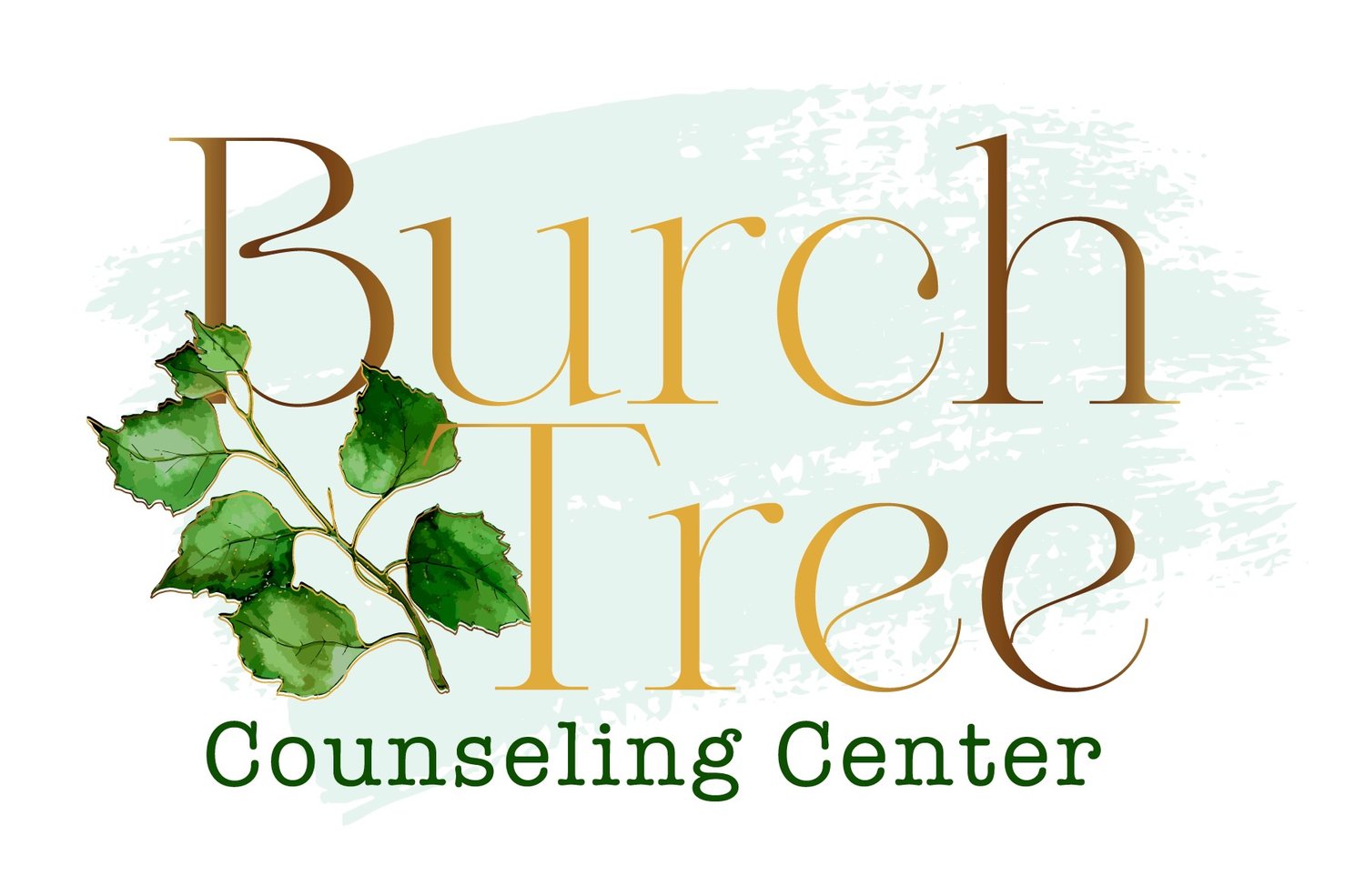The Psychology of Vision Boards: How Your Brain Helps You Attract Your Dreams
With each New Year, vision boards become increasingly popular. Vision boards have gained popularity as a powerful tool for manifesting goals and desires. From celebrities to life coaches, many tout their benefits. But what makes these simple collages of images and words so impactful? The answer lies in psychology and neuroscience. Understanding how vision boards work can reveal why they can be a transformative practice for setting and achieving your goals.
1. The Power of Visualization
Visualization is a cornerstone of creating a vision board. When you choose images and phrases that align with your aspirations, you’re actively engaging in mental rehearsal. Neuroscience shows that imagining an activity activates the same brain regions as physically performing the task. For example, visualizing yourself giving a confident presentation can light up the motor cortex, the part of your brain responsible for movement.
This process helps create a mental blueprint for success, which can make your goals feel more tangible and achievable. Visualization also strengthens neural pathways associated with your goals, effectively "priming" your brain to recognize opportunities that align with your desired outcomes.
2. Engaging the Reticular Activating System (RAS)
The Reticular Activating System (RAS) is a network of neurons in the brainstem that acts as a filter for information. With the overwhelming amount of stimuli we encounter daily, the RAS helps prioritize what’s most important. When you create a vision board, you’re training your RAS to focus on what matters most to you.
For instance, if your vision board includes an image of a dream house, your RAS will subconsciously tune into conversations, articles, or opportunities related to real estate. By bringing your goals into sharp focus, your brain becomes more adept at spotting ways to make them a reality.
3. The Role of Emotion in Motivation
Emotion plays a critical role in embedding goals into our subconscious mind. When you select images or affirmations for your vision board that evoke strong feelings—whether it’s excitement, joy, or hope—you’re creating a deeper connection to those desires. The brain’s limbic system, which governs emotions, helps to strengthen this bond, making you more likely to stay motivated and take actionable steps.
4. Creating Cognitive Dissonance
A vision board can also leverage the psychological principle of cognitive dissonance. This occurs when there’s a mismatch between your current reality and your aspirations. The discomfort created by this gap can drive you to take action to align your life with your vision. Essentially, your brain works to resolve the dissonance by closing the gap between where you are and where you want to be.
5. The Law of Attraction and Positive Mindset
While the Law of Attraction is often considered more of a metaphysical concept, there’s a psychological basis for its effects. By focusing on positive outcomes through your vision board, you’re cultivating a mindset that’s open to possibilities. This positivity can enhance resilience, reduce stress, and increase problem-solving abilities, all of which contribute to achieving your goals.
How to Create an Effective Vision Board
To harness the full psychological benefits of a vision board, consider these tips:
Be Specific: Choose images and words that clearly represent your goals.
Include Emotional Triggers: Select visuals that evoke strong, positive emotions.
Place It Strategically: Keep your vision board in a place where you’ll see it daily to reinforce your focus.
Visualize Regularly: Spend a few moments each day imagining yourself achieving the items on your vision board.
Take Action: A vision board is a tool, not a magic wand. Pair your visualization with consistent effort.
Final Thoughts
The psychology of a vision board lies in its ability to engage your brain’s natural processes to focus, motivate, and guide you toward your goals. By intentionally visualizing your dreams and reinforcing them with emotional connection, you’re not just attracting success—you’re actively creating it. So grab your scissors, glue, and magazines, and start crafting the life you want, one inspiring image at a time.
For those seeking guidance and support in achieving their goals or overcoming challenges, counseling and therapy in Sarasota, FL, can be an invaluable resource. At Burch Tree Counseling Center, we specialize in helping individuals clarify their visions and navigate the path to emotional and mental well-being. Contact us today to learn how therapy can support your journey toward a fulfilling life.







